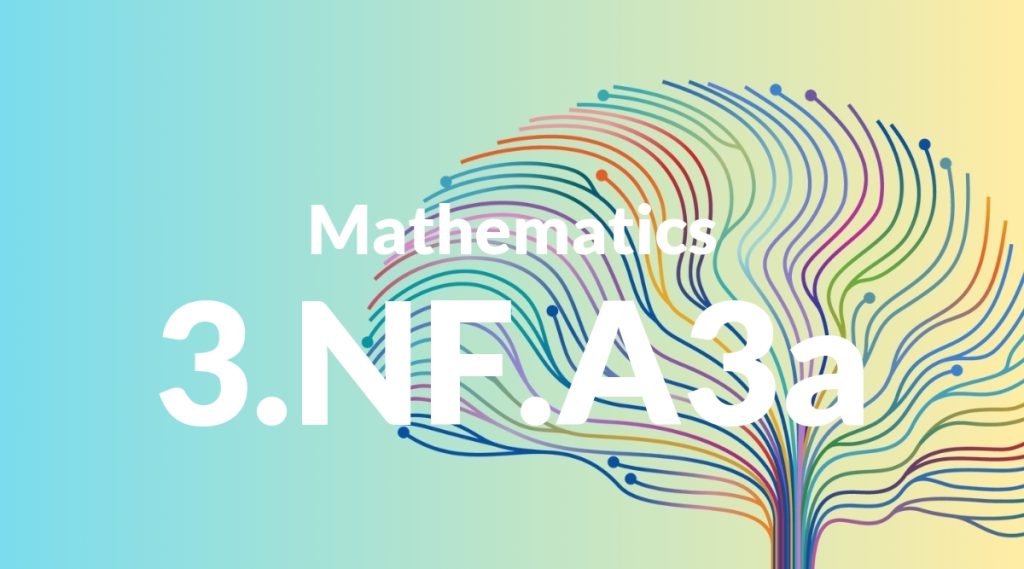Standard: 3.NF.A3a – Understand two fractions as equivalent (equal) if they are the same size, or the same point on a number line.
Grade level: Grade 3
Subject: Mathematics
Domain: Numbers & Operations – Fractions
Teacher Overview
This standard focuses on helping students understand that two fractions are equivalent if they represent the same size or the same point on a number line. This foundational concept is crucial for students as they progress to more complex fraction operations and comparisons. Students should have a solid grasp of basic fraction concepts, including the ability to identify and represent fractions on a number line. They should also understand the roles of numerators and denominators.
After mastering this standard, students will be able to compare and order fractions, add and subtract fractions with like denominators, and understand fractions as division, which are essential skills for higher-level mathematics.
Common Misconception 1
A common misconception is that fractions with different numerators and denominators cannot be equivalent. This is incorrect because fractions like 1/2 and 2/4 represent the same value.
Intervention 1
Use visual aids such as fraction strips or number lines to demonstrate how different fractions can represent the same value. Encourage students to practice identifying equivalent fractions using these tools.
Common Misconception 2
Another misconception is that fractions must look the same to be equivalent. Students might think that 1/2 and 2/4 are not the same because they appear different.
Intervention 2
Provide multiple examples and practice problems that show different fractions as equivalent. Emphasize the concept of equal parts and the same points on a number line to reinforce this understanding.
Prerequisite Knowledge
Students should understand basic fraction concepts, including the meaning of numerator and denominator, and be able to identify and represent fractions on a number line.
Subsequent Knowledge
Students will develop skills in comparing and ordering fractions, adding and subtracting fractions with like denominators, and understanding fractions as division.
Instructional Activities
- Use fraction strips to compare different fractions.
- Draw number lines and plot equivalent fractions.
- Create visual fraction models using paper folding.
- Play fraction matching games to identify equivalent fractions.
- Use real-life scenarios, like sharing food, to illustrate equivalent fractions.




